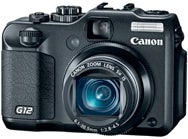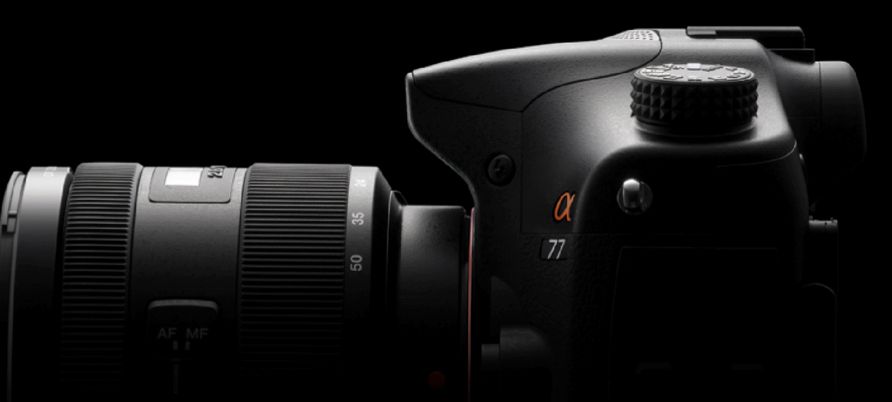

("B"s) contains the readout circuitry and has an opaque cover.ĭuring the frame blanking period (24 times per second) the contents of all the As get shunted down into the corresponding Bs, one CCD element at a time in a "Bucket brigade" fashion (in fact CCDs were also known as "Bucket Brigade Delay Lines" in the early days. The top set ("A"s) have a transparent covering and is what gathers the light, while the bottom set

A true Frame transfer chip has two almost identical blocks of CCD elements, one situated directly adjacent to the other like this: See, the "straight" Frame Transfer technique as used by Dalsa dates back to the early 70s. Steven Poster believes he can foresee and control specular highlights to within 1/1024 of lograithmic Dmax in three channels using a handheld light meter, a superlative feat which I invite him to prove at the earliest opportunity.Īin't it a shame how politics wrecks good ideas?Īh so thats what the problem was with the candle shots from the Genesis, in the D20/Dalsa/Genesis shoot-out! Dalsa didn't want to admit that their video camera was a video camera and had the same comparative dynamic range issues as any digital imaging device, despite the fact that this is unavoidably and self-evidently so

I thought this would be the best of both worlds and offer a way to at least check highlight problems on a medium where that's particularly critical. The idea was to have an optical viewfinder with a heads-up-display style reflective superimposition of a monochrome LCD to include exposure information (zebra stripes), framelines, and other camera data. I asked Dalsa about this, and was laughed out of the room by the then-head of the ASC, thus forever lowering my estimation of that august organisation. Meanwhile the Genesis, which is, doesn't! Edited Decemby Jim Murdoch Ironically, the D20 uses a CMOS sensor which uses direct readout of each pixel, (rather than shunting them out "Bucket Brigade" fashion) so it would be completely unaffected by vertical smear anyway. Never mind all the whirring and clanking bits and pieces in the attached Betacam recorder! Philips/BTS used this to great effect in their 3-chip cameras, although there seems to be a certain almost "superstition" about having a mechanical device attached to an electronic camera. It also completely eliminates the dreaded vertical smear. although the frame transfer CCD design of the Viper (and I believe the Dalsa, maybe the D20?) require a short mechanical shutter to briefly cover the sensor so it can discharge.īy simply using a mechanical shutter to blank the chip during the frame readout period, the design of the CCD chip can be drastically simplified, allowing more silicon to be devoted to gathering photons and so giving better performance.


 0 kommentar(er)
0 kommentar(er)
